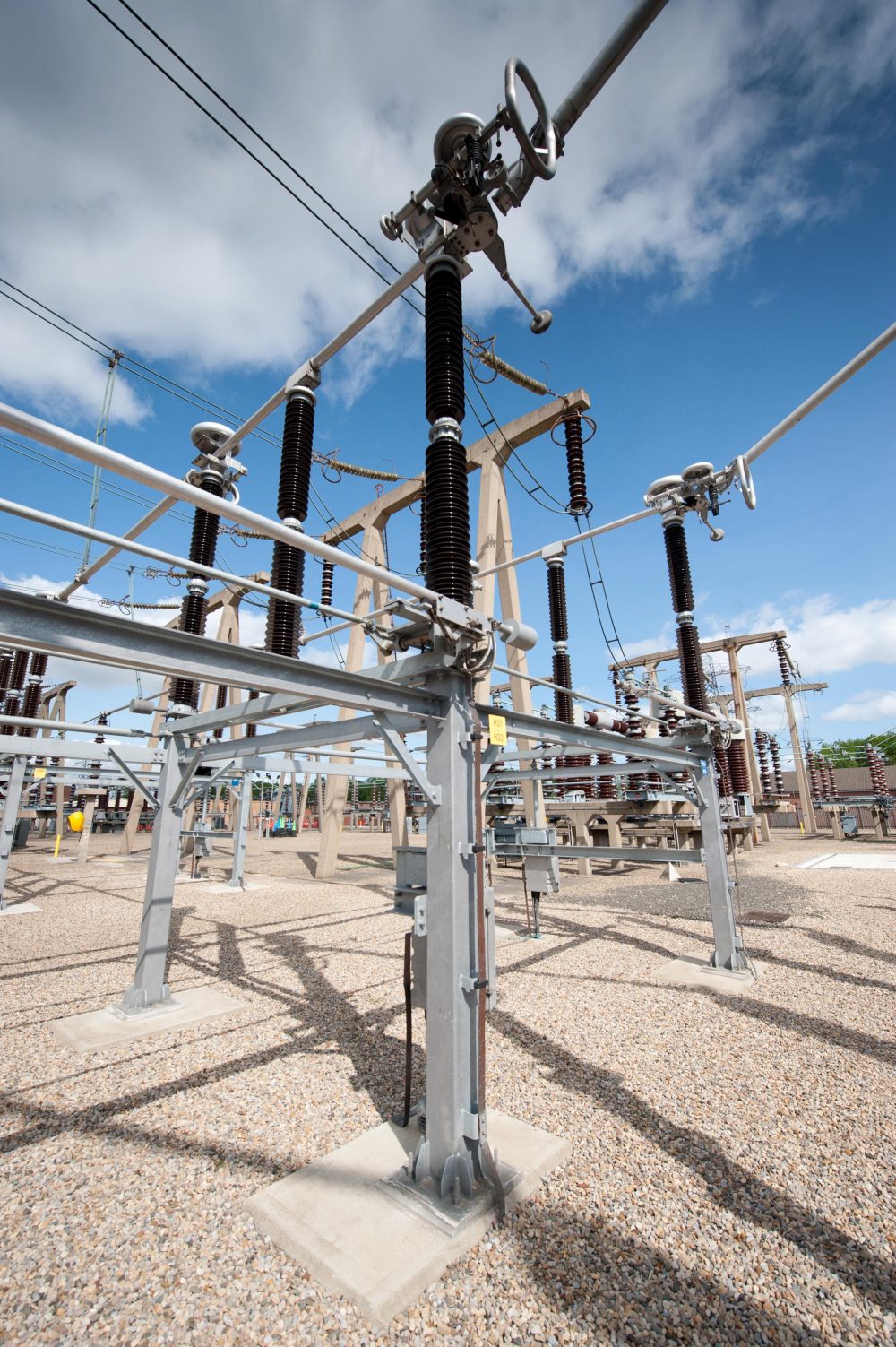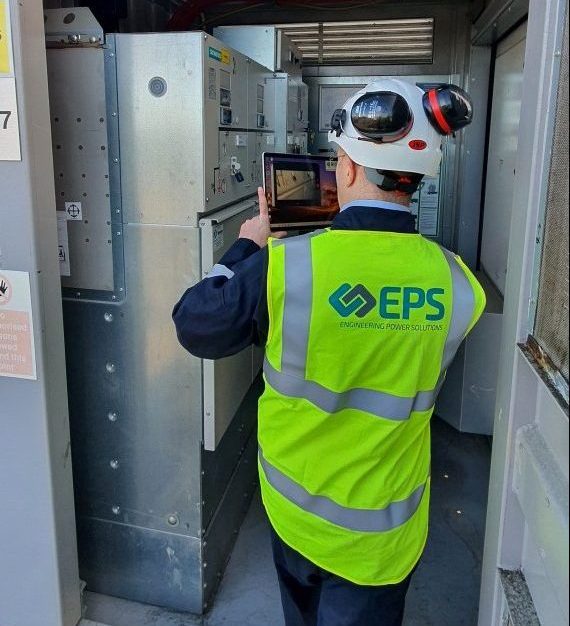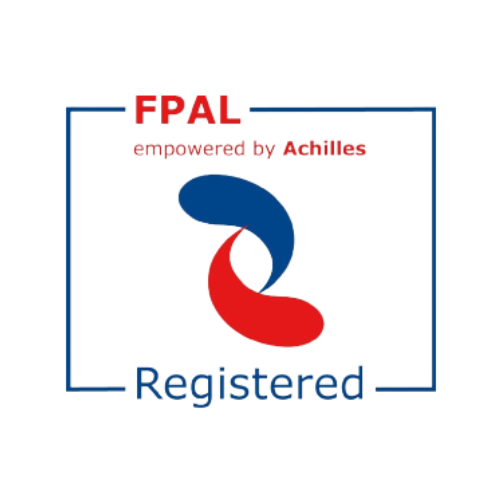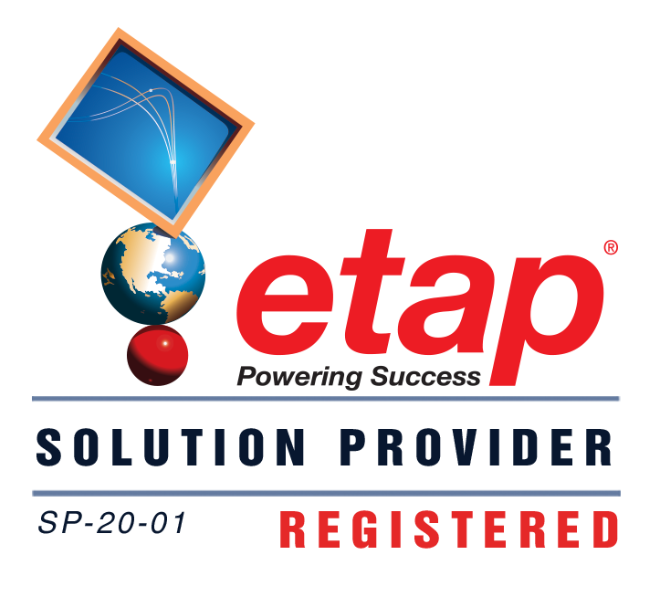Hassle-Free Grid Code Compliance with EPS
EPS specialises in making sure your electrical projects integrate with the grid seamlessly. As your trusted grid connection partner, our specialist team conducts grid code compliance assessments for 11kV to 400kV connections. Whether it’s a renewable energy project or a conventional power plant installation, EPS delivers increased efficiency, enhanced sustainability, and full compliance with industry standards.

Our Capabilities
Grid Code Compliance For Renewable Projects
We understand the specific grid code requirements unique to each type of renewable installation and offer expert assistance to navigate these regulatory landscapes.
- Battery Energy Storage Systems (BESS)
- Gas Peak Lopping Stations
- Steam Turbines
- Onshore & Offshore Wind Farms
- Solar Parks / Farms
- Energy-from-Waste (EfW) Generation
Industrial Networks Grid Connections
We support the industrial sector’s transition to electrification, focusing on compliance solutions that address the unique demands of energy-intensive operations.
- Offshore Oil & Gas Electrification
- Electrification of Steel Manufacturing Plants
- Large Data Centres
- Docks (Crane Electrification)
- Petrochemical Sites
- Manufacturing Plants
Compliant Power Systems with EPS
Leveraging advanced software tools such as DigSILENT, ETAP, and PSCAD, we provide all grid and distribution code compliance studies for synchronous and non-synchronous power generation plants. Our studies consist of assessing your grid connections’ technical and operational viability while taking into account environmental effects and legal compliance. Overall, these thorough examinations ensure that your project runs well within the grid system. If non-compliance becomes apparent in your network, then we can propose design modifications or recommend strategies to resolve the issue, including supporting discussions with the system operator.










